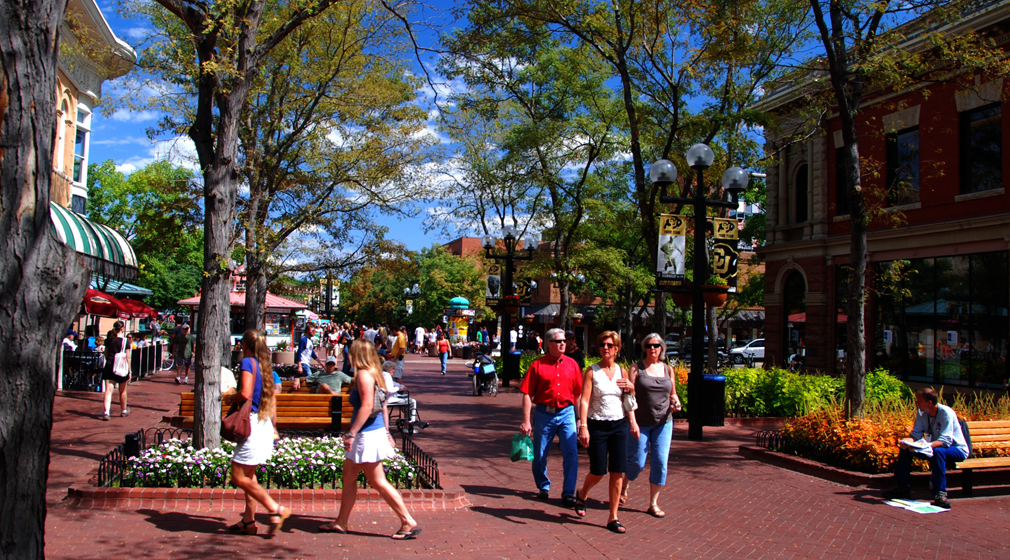Halifax is taking its second crack at new rules for developing the urban core. The Regional Centre Plan will create clear, fair rules adding density, and easing approvals and requiring better building design. Broad goals include more vibrant neighbourhoods, more sustainable transportation and more people living and working in central Halifax and Dartmouth. These are fantastic goals. I’m excited about the process, and feel that HRM has a great team of staff, councillors and committee members working on the Centre Plan.
The Centre Plan is key to ensuring we get good urban development. But on its own, good development doesn’t make good neighbourhoods. Great neighbourhoods need more than great buildings. They need great transit. They need great bike routes, wide sidewalks and safe crosswalks. They also need great public places.
Halifax spends too little on our public spaces, especially in our downtowns. The broken pavers, rutted pavement and general griminess of Barrington is the worst example, but Argyle, Spring Garden and Alderney could all use work. Money for public space was promised as part of the overhaul of planning rules in Downtown Halifax. The private sector responded with new and refurbished buildings in and around Downtown, but so far there’s been little progress from HRM on streetscapes and public spaces, such as wider sidewalks for Spring Garden Road.
In the not-too-distant past, urban streetscaping meant decorative pavers, benches, Victorian style light poles and cutesy landscaping. We tried to make places prettier, and not much else. We should look to Jan Gehl and William H. Whyte for ideas about how to make places more inviting for people. In short, we should focus on making places that are pleasant for walkers and making places that invite people to sit and chat. Right now, too many of our places are ornamental, not social.
We will have to retrofit many parks and streets. This will cost money. In the long run, these investments will pay off, because we’ll be creating beautiful, exciting urban places where people want to be. Developers will want to invest in our core. Residents will pay more to live there. Businesses will spruce up and renovate their properties. Shops and restaurants will have more customers. If we spend some money now, we’ll reap the benefits in construction and property taxes later.
Then there are the intangible benefits of having bustling sidewalks and beautiful places that connect people. Public space is where we build trust and share experiences and ideas. The wealth and well being of cities rests on social connections and the constant stream of ideas that flow through public places.
The Centre Plan is a huge first step in rebuilding urban neighbourhoods. To create truly social places and leverage the benefits of city living, we need to commit to better streets, sidewalks, parks and squares. The main player that funds, designs and manages our public realm is HRM. HRM needs to step up and deliver fresh ideas and money to make great public places happen.





